Steamforged Games has returned to the world of survival horror for the third time with a new board game based on the remake of Resident Evil that debuted on the Nintendo GameCube in 2002. Resident Evil: The Board Game is a dense, high-production affair that perfectly captures the feel and gameplay of its source material,
The story of Resident Evil: The Board Game will be familiar to franchise fans, as the S.T.A.R.S. special forces team has been sent to the Spencer Mansion outside of Raccoon City. The team is forced inside by packs of undead dogs, but they find no haven within the walls, as this home is full of the walking dead. The doors of Spencer Mansion have shut behind the S.T.A.R.S. team once again, but this time, they won’t be alone, as up to four players can tackle the events of Resident Evil together.
Key Details
- Developer: Steamforged Games
- Release Date: October 9, 2023
- Price: $99.99
- Number Of Players: 1-4
How Resident Evil: The Board Game Works
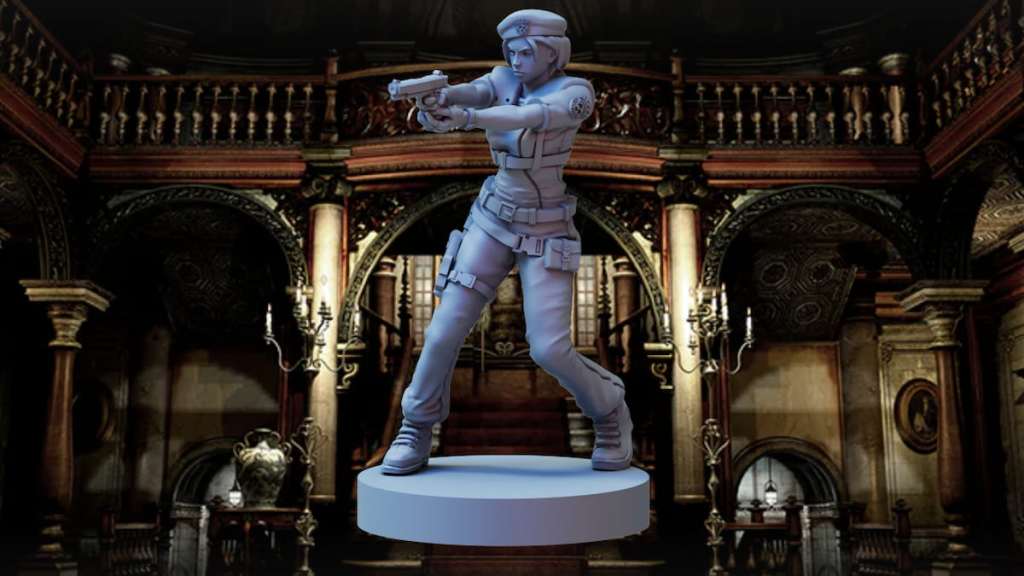
Resident Evil: The Board Game is a co-op experience for 1-4 players, with four characters on offer: Barry Burton, Chris Redfield, Jill Valentine, and Rebecca Chambers, each with their own attributes and special abilities. The game comes with a Scenario Book, containing nineteen different scenarios that loosely follow the game’s events. You can choose to play one of the scenarios on their own, with each one taking around 1-2 hours to complete, or you can run the whole thing as one campaign, with items & allies carrying over between missions.
Each Scenario has a mission that the group needs to complete, such as exploring every area of the map or solving a specific puzzle. On each player’s turn, they can take up to four actions: moving a space, firing their gun, searching for an item, or opening a door. The Scenarios take place on maps made of connected room tiles, and if an enemy (such as a zombie) is on your tile or a connected one, they get a reaction phase, where they move towards the nearest character and attack them.
The combat in Resident Evil: The Board Game is handled with custom dice, with each weapon possessing different attributes, such as the handgun allowing you to fire multiple shots in a single action or the flame thrower hurting multiple enemies in the same tile. Players also have the chance to dodge enemy attacks using the same dice.
At the end of each turn, the active player draws a card from the Tension Deck, some of which can have detrimental effects, like spawning zombies or teleporting enemies onto your tile. This random element always keeps the players on their toes, as they’re never truly safe from harm.
Kerosene is a new element in Resident Evil: The Board Game that’s not in the tabletop adaptations of Resident Evil 2 & 3. Each character starts with Kerosene tokens, which can be used with a lighter to burn corpses left behind by zombies. You need to dispose of corpses because performing actions in their space can cause them to rise again, while certain Tension cards can turn them into the dreaded Crimson Heads. Managing your Kerosene is important, as there’s a finite amount, and players have a limited inventory space for each character, so not everyone can afford to carry lighters around.
Resident Evil: The Board Game Has Incredible Production Values
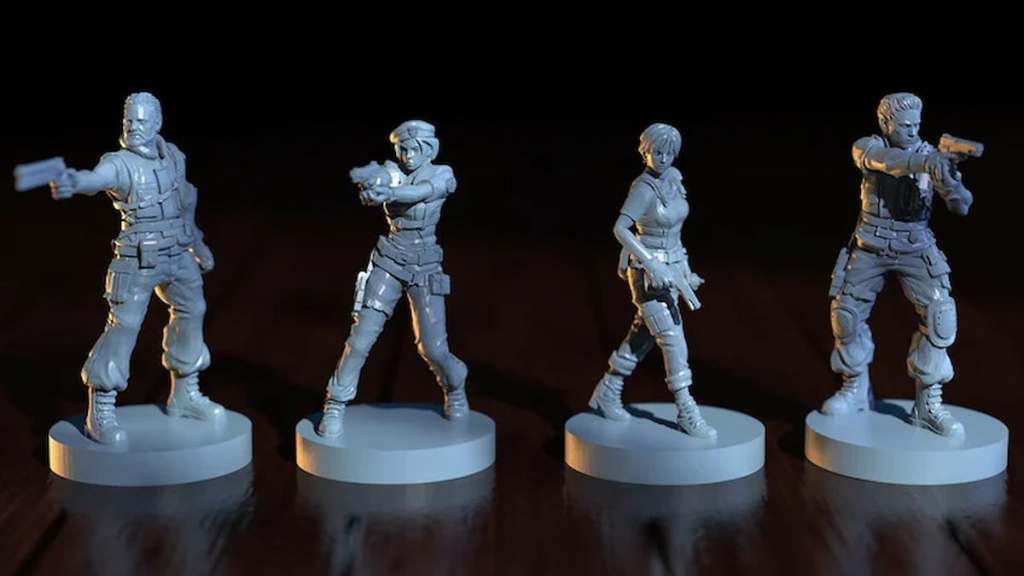
As expected from a Steamforged game, Resident Evil: The Board Game has amazing quality pieces. The game comes with thirty-two highly detailed minis, all of which perfectly evoke the characters from the game. All of the other pieces are similarly detailed, with gorgeous cardboard map pieces, little dials for ammo counters, health tracker cards, and a ton of tokens and cards.
The only improvement I’d suggest making involves the character pieces. Each player has a card that details their character’s ability, a separate health tracker card with associated pieces, and individual tokens for their Kerosene. It would have been more convenient to keep all of these elements on one card and use a little plastic clip to keep track of the numbers, similar to the characters in Betrayal at House on Haunted Hill, just to cut down on all of the individual bits each player has to manage, especially as they’re also juggling the cards for each item and the dials for their guns.
Minor annoyances aside, Resident Evil: The Board Game looks incredible and does a fantastic job of capturing the original game’s look. Just make sure to invest in some bags and elastic bands to keep everything neat between sessions, as there’s a lot packed into the box.
The Importance Of Setting Up Correctly In Resident Evil: The Board Game

The base rules in Resident Evil: The Board Game are easy enough to explain. The complicated part involves the setup, as even the most basic scenario requires a lot of work to prepare. Not only do you need to assemble the map, but each scenario has specific decks of cards that need to be set up and put into their little decks, including the Items, Tension, Narrative, and Exploration. Once this is done, you must set up the characters, monsters, and rooms.
The hardest part of getting into Resident Evil: The Board Game is the long setup time for each session. This is more of a problem when you’re playing for the first time, as there’s so much that needs to be accounted for, even in the starter scenarios, especially as new areas get added to the map as the characters explore the mansion. This can lead to stopping and starting, which is why it’s best to set up the new areas in advance to jump back into the game as quickly as possible.
As you progress and learn the game, the setup becomes much easier. Resident Evil: The Board Game has a lot of setting up, but that’s a necessary requirement for a game that involves exploration in set scenarios, and once you get into the swing of things, it adds a lot to the experience, as the map gets bigger and more threats start appearing.
But How Does Resident Evil: The Board Game Actually Play?
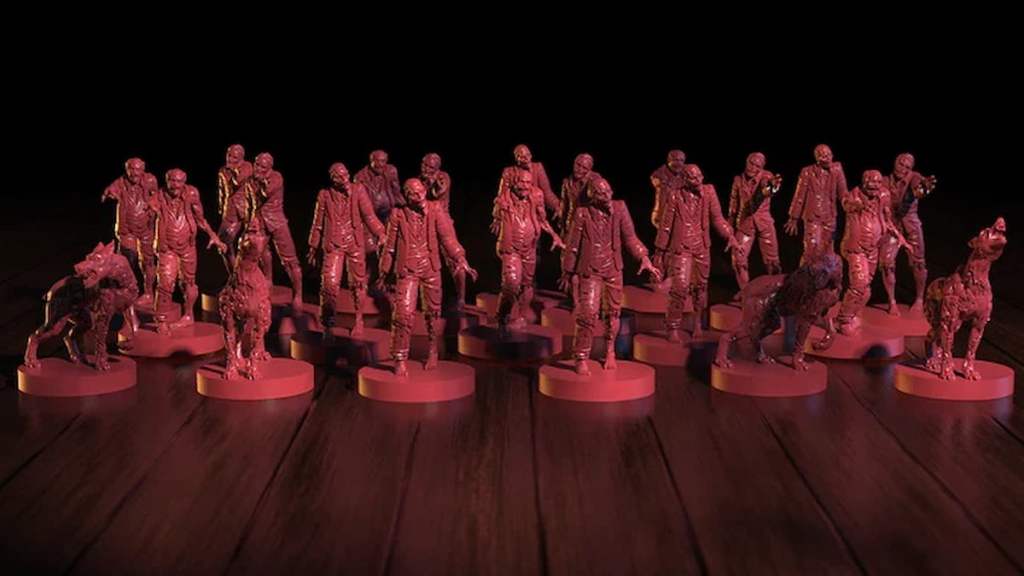
Resident Evil: The Board Game certainly looks the part, but how does it play? Once you’re in one of the scenarios, it manages to capture the feeling of the game perfectly, with the constant threat of enemies bearing down on you while you manage your dwindling resources. Players cannot win a scenario if any of their members are unconscious or killed, so they have to work together to survive in the mansion. Oftentimes, this will mean forming temporary teams or sending members to help out allies further away, with players needing to pool their resources to save the day.
While there are a lot of mechanics at play, they’re all fairly straightforward, with combat, items, and the action economy all being easy to understand. Ultimately, the game is more about resource management than complicated rules, as knowing when to save and when to use items is crucial to survival.
The fact that your guns are tied to dice, your items are drawn from random decks of cards (barring necessary Key Items), and the Tension deck can keep putting enemies on the field, leading to an incredibly tense gaming experience, where a feeling of safety can be obliterated with one unlucky run. Resident Evil: The Board Game quickly becomes an experience tied to making hard decisions, especially if you’re playing the extended campaign, where you might need items later on.
While Resident Evil: The Board Game shares a lot of gameplay mechanics with the other Resident Evil titles produced by Steamforged, it offers a more claustrophobic experience, with more of a focus on solving puzzles and trying to complete objectives without accidentally spawning extra zombies. The fact that you’re tackling the Spencer Mansion as a team (unlike the original video game, which was a single-player experience) also adds something new for fans of the source material.
The Verdict
Resident Evil: The Board Game is a lot to take in at first, as there’s so much to keep track of and a lot of pieces that need assembling before you can begin. Once you get past the teething period, you’ll be in for a hell of a ride. Fans of the original video game can experience the story and setting of Resident Evil in a whole new way, while the world is easy enough for newcomers to grasp, even if they haven’t played the games. Resident Evil: The Board Game offers a fresh new way to enter the world of survival horror that captures the spirit of its source material while expanding it in ways that match its new medium.
Final Score:
9 / 10
| + Perfectly captures the feeling of the Resident Evil remake. | |
| – There’s a ton of setup involved for each scenario | |
| + Tense and fast-paced gameplay makes each scenario feel challenging and unique | |
| – Some of the resources would have been better served with trackers instead of counters | |
| + Stunning production values for the pieces, especially the minis | |
| – You’ll (somehow) grow to hate the Crimson Heads more than you did in the video games |

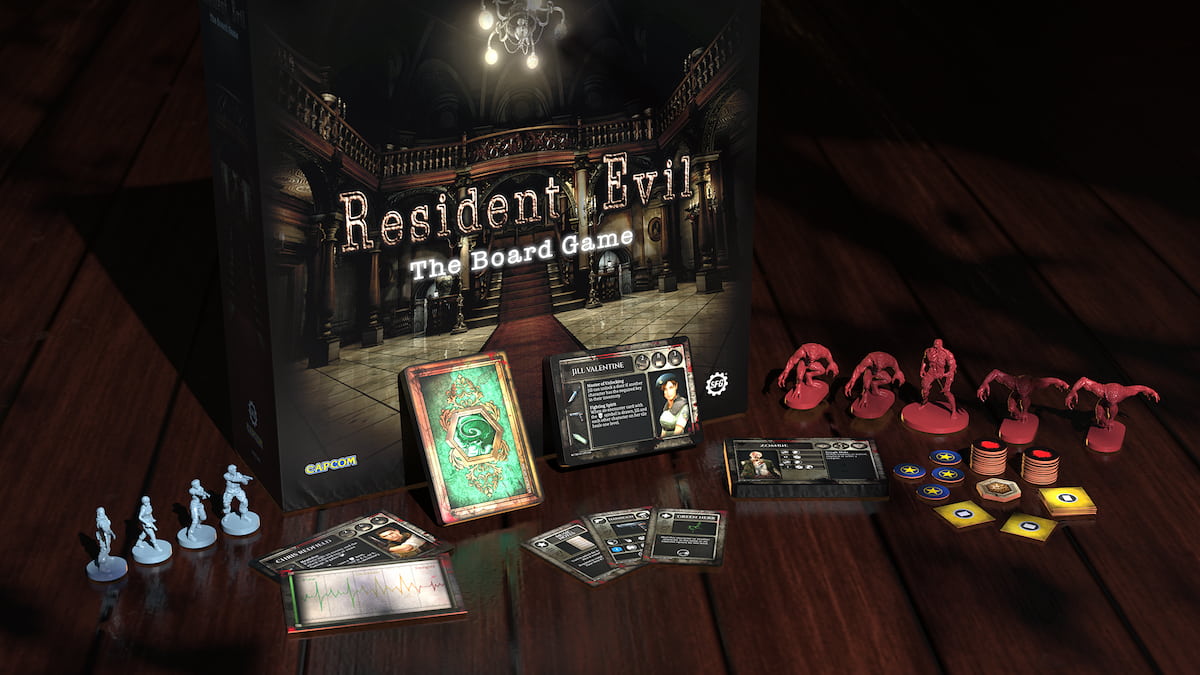
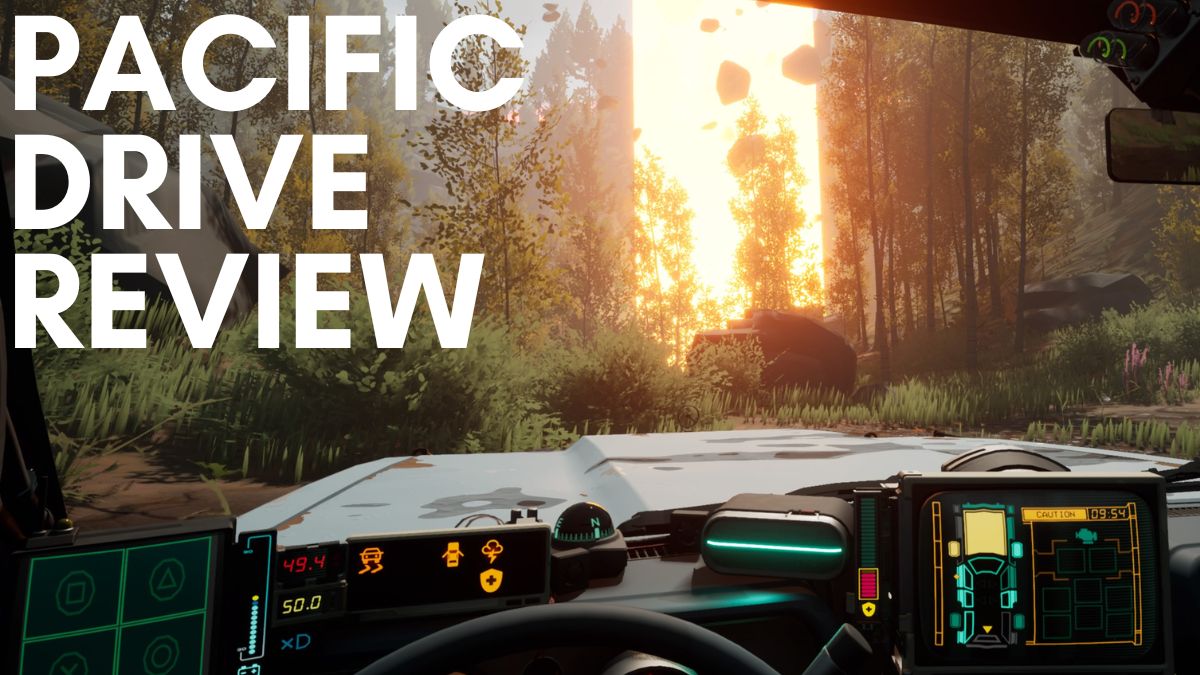

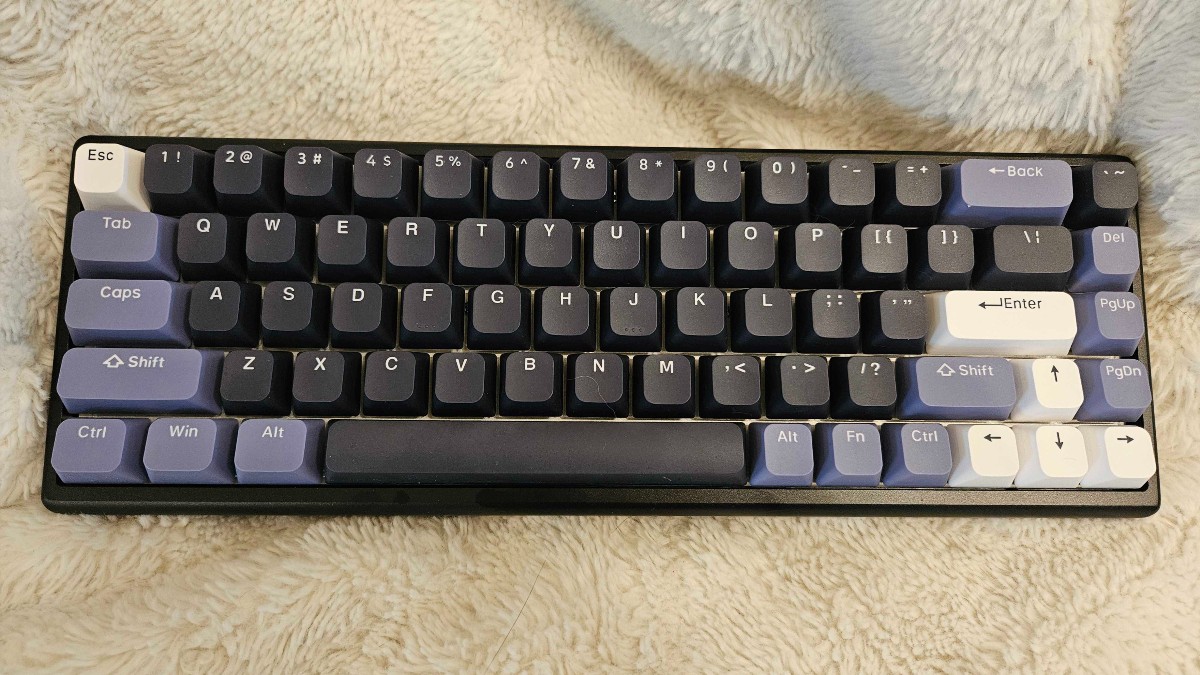
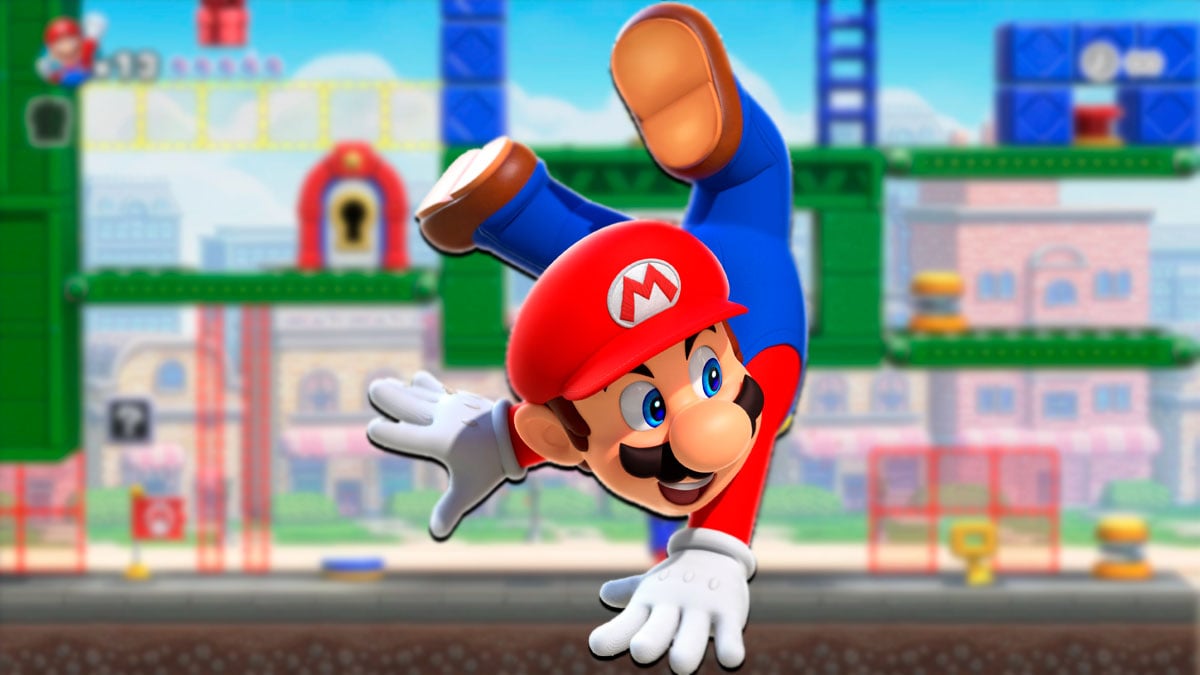

Published: Sep 20, 2023 03:59 pm